Am I the only one who is a but skeptical whenever the link is a medium blog? It’d be nice if I didn’t have to trace down the source from a blog and it was from a trustworthy source.
Especially since this medium blog is paywalled.
Look at the author, not the domain. The same is true for mainstream news outlets.
The NYT isn’t credible, but many of their authors are
I would say looking at a specific source for the claims is way more efficient than researching the credibility of the author.
Here it turns out, it is US govt statistics, which is rather credible on housing and homelessness statistics. However I have no clue about the general credibility of medium nor this specific author.
Don’t take away that the market didn’t work right and needs fixing. It works as expected, serves first and foremost the ultra rich, and need to be destroyed. Markets only monitors demand, we need a necessity based economy
I’m finding it hard to believe all of them would pass any sort of inspection to live in. The author might be confusing real-estate properties for homes. Not to say they’re empty lots, I’m sure there is a structure on site but from my anecdotal experience of vacant homes, they won’t provide any more protection from the weather than a cardboard box. I’m not even talking about crackhouses in a cirty or anything either. I’m saying in rural America if granny doesn’t die till 90 that house hasn’t been worked on for 40 years and is always in need of more work than the entire property is worth.
Edit: Yeah I missed where it even has the audacity to list Detroit as having the most 🤣 the author is clickbaiting the fuck out of this stat if they think even 20% of the vacant homes in Detroit are livable.
Fuck it edit 2: The real article should have been about how there is only twice as many homeless as there are fucking tax exempt churches. So two. Two fucking homeless people per church thst doesn’t pay a fucking lick of taxes. Don’t have any references or articles on this, I saw it posted on Lemmy tho like a month ago.
Yea, but even if only 5% of them are livable that’s still enough to cover everyone. I also think it says something that there are that many houses no one is doing anything with while developers are constantly building new homes. (or worse entire neighborhoods of tiny homes…)
Subway stations and freeway underpasses also don’t pass inspection to live in.
You nailed it with the church thing though!
Yah, this one sounded like bullshit from the start.
…but it’s complicated. No it’s not.
National squatters rights reform. None of this “20 years continuous occupation” rule, and criminalizing occupation itself.
Property that is essentially abandoned should be classified as such.
That is unbelievably depressing. Once housing became a collectible, rather than a life necessity, it was all over. Not to mention that for some fucking reason, private businesses are allowed to buy residential property
I’m pretty sure it’s everywhere, especially in big cities with a lot of airbnb. For instance in Montréal there’s hundreds of homeless people, but like 13’000 airbnb (most of them illegals) and thousands of vacant condos in high rise towers (because they are $$$). Downtown office buildings are also empty since covid.
Its crazy to me. Where I live a condo downtown will have 1k assesments and 1k in taxes per month and I have been told. Not sure if its true that there are services that send out a cleaning crew once a month to keep empty ones in good condition. Yeah they are worth a lot but if not rented in some way its 25k a year or more. Makes no sense to me.
deleted by creator
I would call that pretty risky given housing prices can collapse and you have to pay even if you can’t sell.
I can’t remember if it was a news article or plot of a show/movie…
But there was one couple in like a 30 unit building who lived there for months before realizing they were the only people in the building
Are airbnbs considered empty? If so, that’s not correct and its leading to misleading statistics
Here’s a quick info dump for you. I don’t have a chance to break this down to see how easy/hard it would be to match the homeless population with available units per state, and my definition of which of these unused homes are actually available for use at a given time may differ from the next person. But I was curious how reliable their numbers were and then to see if anyone had any takes on the data.
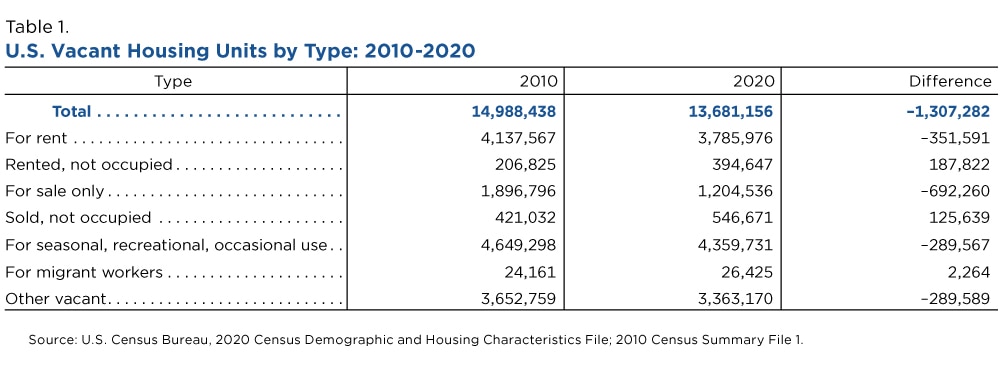
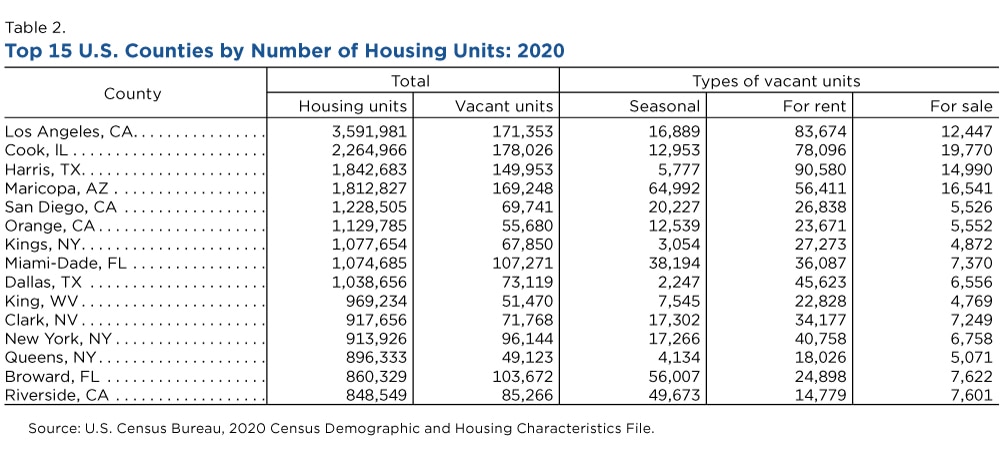
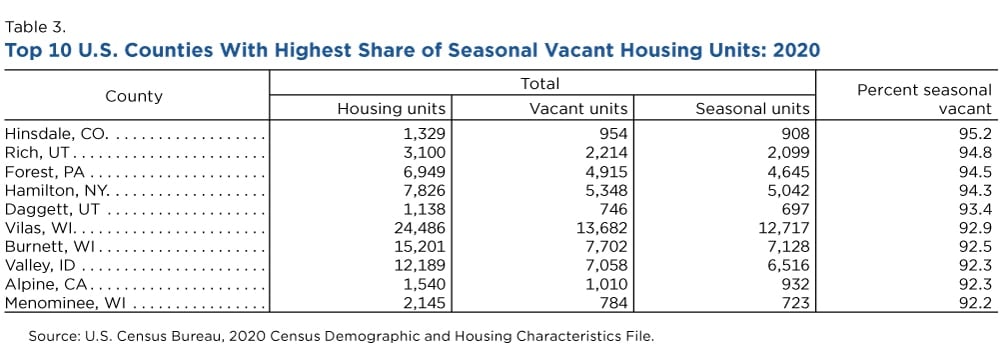
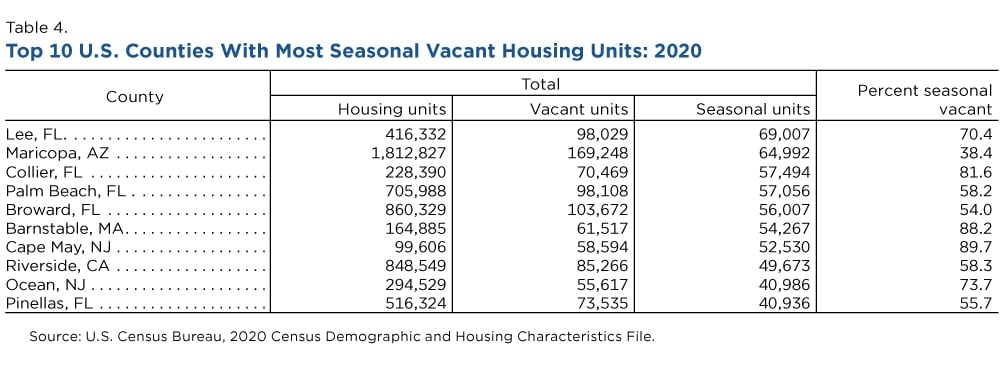
Nearly 327,000 people in the United States experiencing homelessness lived in shelters… The sheltered population is an estimate of the population experiencing homelessness that stay in emergency and transitional shelters. It is not a complete count of the total U.S. population experiencing homelessness, which the Department of Housing and Urban Development (HUD) estimated was 582,500 in 2022.
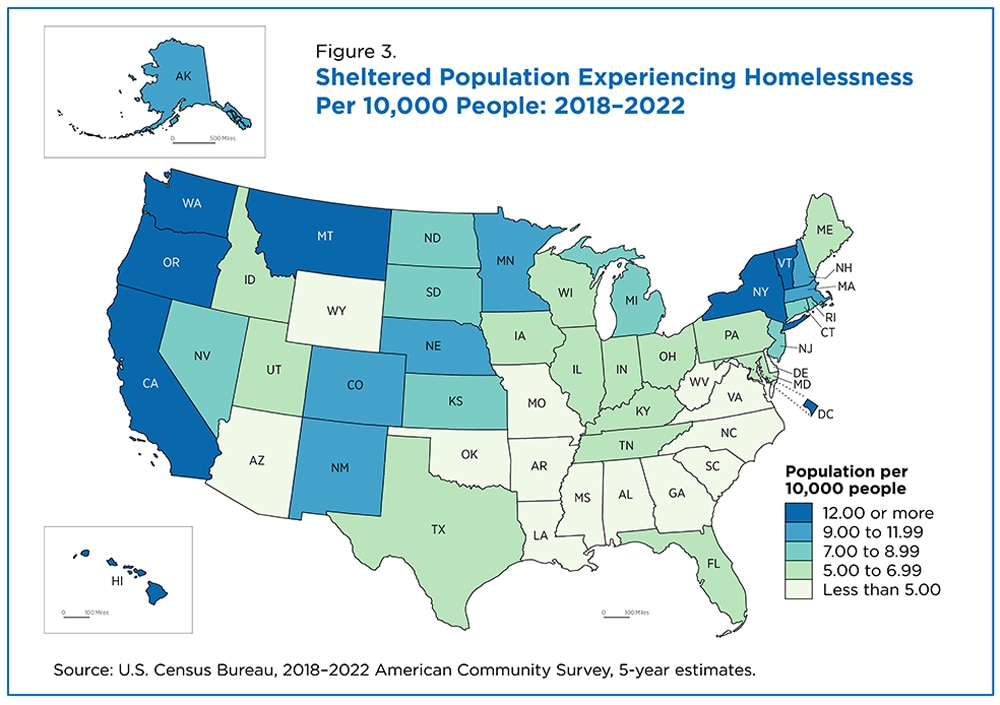
The only statistic that matters is sold not occupied and even that is only useful if it excludes houses that just haven’t been moved into yet.
The majority of those figures are just showing that houses are unoccupied in resort towns because there’s nothing there half the year or that houses sit empty for a month while a new renter is sorted out or a new owner is moving in.
We don’t need to shove the homeless into a remote resort town where they have no access to services - we need more housing in our cities where support networks can help those in need.
The fact is that there arent enough houses to house every homeless person in the USA and maintain sufficient housing stock for people to move houses.
Anything below a 5% vacancy rate is considered a housing shortage - it indicates there’s too much demand for housing and not enough supply.
Very few American cities are sitting at or above 5% vacancy.
Yup, your first 2 paragraphs are touched on in the link.
Also agree on your other points. I wonder how many basic functioning towns we could build for what we spend assisting or harassing the homeless and the migrants… I feel it should be straightforward to get them integrated into the economy with an organized boost in resources made in a holistic approach.
What we do with unhoused mentally ill or ones that are homeless by choice is well beyond what I’m qualified to discuss, but I imagine the bulk would welcome being helped constructively.
isnt like 20% the historic vacancy rate for the real estate market? What is the change here?
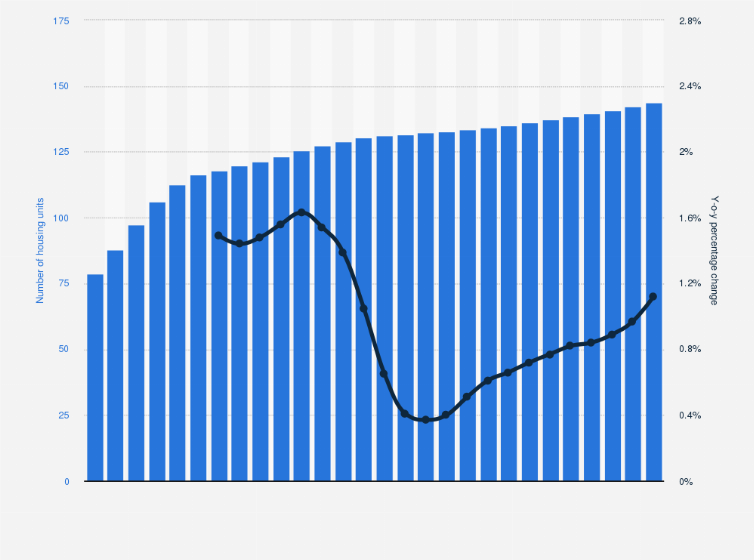
Looks to be about 145 million homes.
If 15 million are unoccupied, that’s a hair over 10 percent.
The “Other” line of 4 million homes sounds like the ones that either aren’t in the process of being rented or sold and aren’t someone’s second home.
What percentage of those homes are habitable in their current state is also something we don’t have info on.
I wonder why the liberal states are clearly worse off. Also, our very poorest states (WV, LA, MS) seem best.
EDIT: Classic lemmy. “Is that a criticism of liberals?! Not around here pal!” Just pointing out what the maps clearly shows and was wondering. Good explanation before, but I still have a question regarding the numbers.
This is a case where correlation and causation are important.
Grabbed this quick example from Coursera here:
Causation indicates that one event causes another. Correlation only identifies that there is a relationship between two events or outcomes.
If you were to collect data on the sale of ice cream cones and swimming pools throughout the year, you would likely find a strong positive correlation between the two as sales of both increase during the summer months. If you make the mistake of assuming correlation implies causation, you would incorrectly claim that an increase in ice cream cone sales causes people to buy swimming pools. However, this isn’t the case since you can attribute the increase in both to another variable—likely the warmer weather people experience during the summer. So although a correlation is present, you can’t support causation.
In another correlation versus causation example, it may not be as easy to identify whether causation is present with two variables. For example, you could find a correlation between the amount someone exercises and their reported levels of happiness. While it’s possible an increase in exercise is causing an increase in happiness, you can’t say for sure that it’s the cause since there could be another unknown variable that has a more significant influence on a person’s mood.
The homeless chart per state is of the number of people in shelters.
Correlation could indicate the poor states have less homeless.
Causation could indicate the reason they have less homeless in shelters is because the have no shelters.
If you look at many of these poor states, you may find less shelter and services exist for the homeless, homeless is more punished by law, or other factors making it less likely for someone to stay there or to be counted as homeless there.
This is why many say you can make a chart show anything you want it to, and you need to be critical when looking at people’s data.
I hope this was helpful!
Ah! Fewer shelters in poorer states makes sense. But I gathered that shelter info was used to extrapolate the total number of homeless.
Also, the map would make one wonder why there are so many homeless in the colder states. That wouldn’t make sense.
I didn’t pull the HUD data to dive too much into it. The link to the source I gave had this though for your second question:
[One source of data was places] That provide temporary shelter during extremely cold weather (like churches). This category does not include shelters that operate only in the event of a natural disaster.
They may also be unemployed seasonal labor, so they have work sometimes (agriculture, tourism, ranching, etc) but not enough year round income. Just guessing on that, I’m not much familiar with Montana and the Dakotas.
Check out the full info at the links though. I’m a but sleep deprived to do much in depth analysis on this today. 😔
Can’t be homeless in jail
You said that in far fewer words than I just did! 😆
Most of them kept empty so they’ll increase the value of the land they’re sitting on.
You might think if a company has tons of empty houses or more likely apartments that the company is losing money because nobody is paying rent but that’s not entirely accurate.
Companies do take losses since they have to pay property tax and stuff but they just use that as a tax write off against their profits so they don’t have to pay as much in taxes so it’s not even a complete loss for them. :/
It is a complete loss for morality. It really doesn’t matter if its profitable or not.
Capitalism has morals? 🤣
And they’re all in Detroit Michigan and Gary Indiana. Every last one. You you cannot convince me otherwise.





